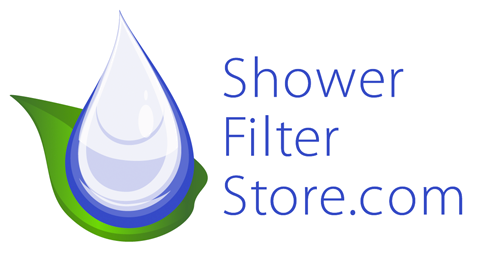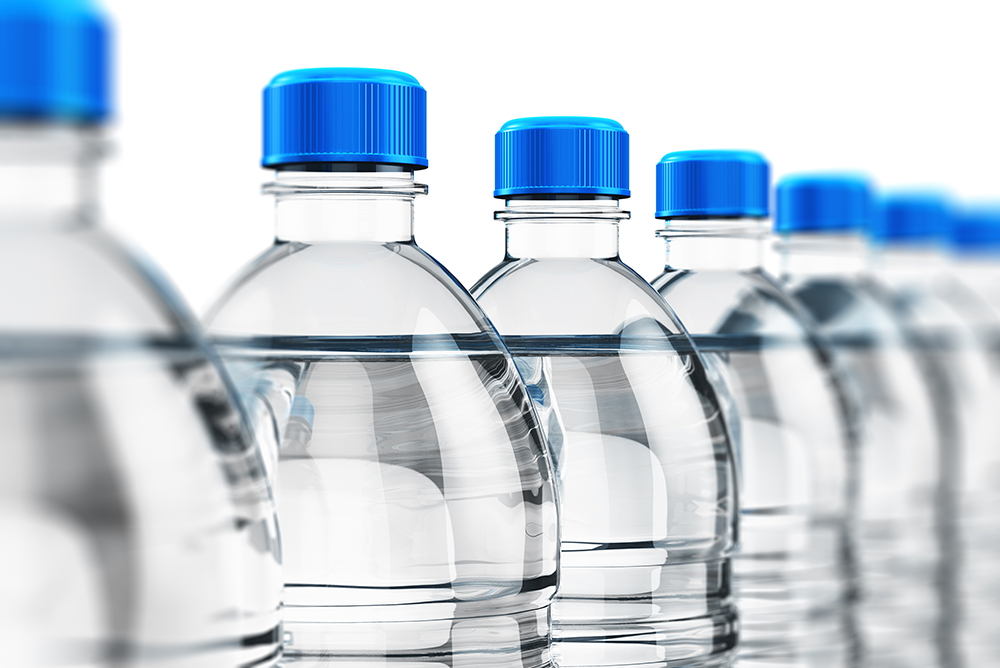Bottled Water VS. Water Filters: The Dirty Truth
Unfiltered tap water doesn’t always taste so great. So when we buy bottled water, we expect to get a cool, refreshing, clean, safe drinking alternative. Bottled water is a $100 Billion a year industry and over half of Americans drink it (1). Use of bottled water is skyrocketing globally, with America leading the pack. Americans drank 9 billion gallons of bottled water in 2008 (1). The labels are pretty, the bottles look nice and make the water look pure, and it’s convenient. But what do we really know about bottled water?
In 2009, 47.8% of bottled water was tap water (2). Tests of bottled water have shown that at about one quarter of the bottled waters violated strict state (California) health standards fluoride-in-bottled-water or warning levels, and about one fifth of the water tested “exceeded unenforceable state or industry bacteria guidelines” (3). While it’s true there is occasional municipal water contamination and some unpleasant additives in water supplies-from heavy metals to pharmaceutical and industrial waste to chlorine, chloramines and fluoride-these can be filtered out simply and cost-effectively at home with a water filter.
While some bottled water is actual spring water, much of it is municipal or well water, and all of it is subject to the same pollution and contamination as municipal water supplies.
In fact, while bottled water is technically subject to the same water quality testing as municipal tap water, in reality, it isn’t. Bottled water quality regulation is governed by the FDA, which doesn’t monitor, test or place regulatory limitations as stringent as the EPA does on municipal water supplies (2). Even if violations of water quality are found in bottled water, companies and labs are not legally required to send the results to the FDA (2). EPA regulations require not only more monitoring, testing and reporting of municipal tap water than the FDA does of bottled water, but they require water districts to publish and distribute the results to the public. No comparable requirement is made of the bottled water industry by the FDA (2).
Bottled water has tested to show high levels of the phthalate DEHP, which is leached from the plastic bottle into the water. Phthalates may cause serious illness, from testicular atrophy, genital deformity, reduced sperm counts, and inflammation in newborns (4), to obesity and irregular heart rhythms in utero (5). Phthalates referred to as “gender bending” chemicals, or technically, as Endocrine Disruptors and they reduce testosterone production and synthesis (among other things), resulting in numerous deformities (4).
The truth is you get better tasting, healthier, safer and cheaper water by purchasing a water filter and a reusable water bottle. Bottled water is very expensive because we drink so much of it. Little by little, it adds up. Tap water is 560 times cheaper than bottled water-and that’s an average (3)! It can cost much more-up to 10,000 times more (3). Finally, the production of bottling water requires 17 million barrels of oil a year and takes three times the water to make the bottle as it does to fill it (1). So when we buy bottled water we are expending significant limited resources (oil, fresh water, money) for a product which is less safe, less environmentally friendly, and less healthy than filtered tap water.
http://www.businessinsider.com/facts-bottled-water-industry-2011-10?op=1
http://www.thedailygreen.com/environmental-news/latest/bottled-water-47091001
http://www.nrdc.org/water/drinking/bw/chap2.asp
http://web.archive.org/web/20080829164208/




